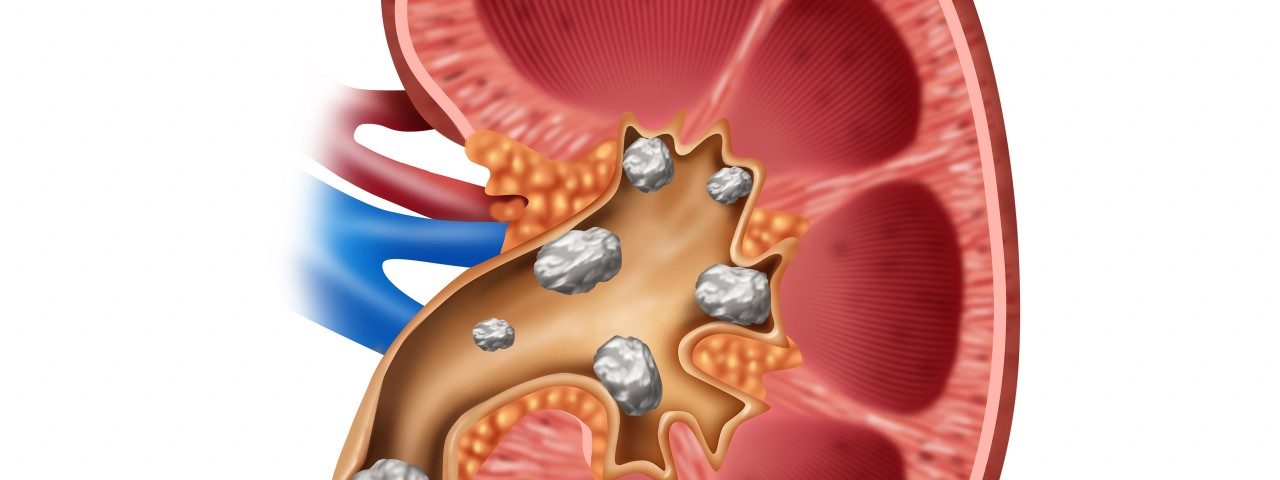Researchers are exploring if shear wave elastography (SWE) imaging can be a valuable tool in assessing kidney changes. Their findings suggest that SWE imaging can be useful to differentiate between chronic kidney disease grades and assessment of kidney fibrosis in diabetic patients with kidney disease.
The study, “Shear wave elastography imaging for assessing the chronic pathologic changes in advanced diabetic kidney disease,” was published in the Journal of Therapeutics and Clinical Risk Management.
The study followed two primary groups: 29 diabetic patients diagnosed with grade 3-4 chronic kidney disease (CKD) and 23 healthy individuals who served as the control group. Every participant was subjected to conventional ultrasound and SWE imaging in an attempt to accurately describe specific renal parameters. To that extent, the length, width, cortical thickness and cortical stiffness were measured for each kidney in all participants.
According to their measurements, cortical thickness was decreased in diabetic kidney disease (DKD) patients when compared to healthy individuals. The decrease was statistically significant. The same trend was followed by DKD patients with CKD grade 4 who appear to have greater cortical thickness when compared to those with grade 3 CKD. Cortical stiffness was higher in patients than in their healthy controls and correlated with CKD grade among DKD patients. To complicate things further, there was an inverse correlation between cortical thickness and glomerular filtration rate in the patient group.
The scientists conclude that SWE can be used to effectively measure, and subsequently evaluate, DKD- affected diabetic patients, as stated in the research paper.
“While only a few studies have documented the use of SWE imaging in relation to native kidneys, SWE has become a useful and practical method to evaluate other organs,” the authors wrote.
“These data suggest that SWE may be applied as a noninvasive, simple, cost-effective and reliable imaging technique that can quantitatively assess the extent of cortical fibrosis in advanced DKD, and enable differentiation between CKD grades 3a, 3b, and 4. In contrast, conventional ultrasound and other expensive imaging methods, including computerized tomography and magnetic fields, are not quantitative for the assessment of the severity of chronic morphologic changes, and not informative for differentiation between these CKD grades,” the researchers summarized in the report.

